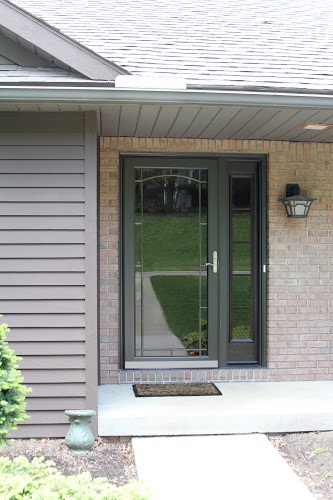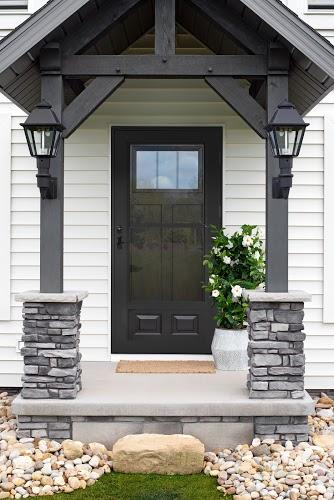originally published at angieslist.com
Your home's entry doors are a crucial part of the building envelope. When it comes to thinking about energy efficiency and keeping your home warm in the winter and cool in the summer, what you're really thinking about is your home's building envelope. So before we get into whether or not you should consider a storm door, let's first establish the role an entry door and storm door play in protecting your home.
What is your home's building envelope?
Your home's building envelope is its defense against weather and energy loss. It is the physical separation between a conditioned environment (the inside of your house) and an unconditioned environment (the world outside of your house).
When an entry door is closed, it is a crucial part of your home's building envelope. When an entry door is open, it creates a gap in the building envelope. Similarly, if your door is closed but not properly sealed, it's like leaving the door partially open because it allows energy to escape.
The role of a storm door
A storm door offers two primary benefits. First, it improves energy efficiency by supporting a home's building envelope. Second, it protects the entry door from the elements.
Therefore, when it comes to thinking about how storm doors might help your home, you should consider two things:
- Is your existing entry door already energy efficient?
- Is your entry door exposed to harsh weather?
Improve energy efficiency with a storm door
Before installing a storm door, make sure the entry door is optimally installed for energy efficiency. Good weather stripping and a tight seal are the first things to consider.
Newer fiberglass entry doors
Check the weather stripping and caulking. If there are cracks or you know the door is drafty, make sure these two things are taken care of before you proceed with a storm door.
Why? Because the weather stripping and sealing will ensure the door is properly insulated. They will also prevent drafts around the doorframe, one of the top drivers of high energy bills.

Older wooden entry doors
If you live in a house that predates thermal glass, man-made sealants and other modern upgrades, or if your entry door has a window, a storm door will cut down on heat loss. A new energy-efficient glass storm door provides a better shield than an aged wooden door with nicks and cracks that allow energy to escape.
If you feel drafts coming through the gaps around the doorframe, this typically indicates you have an older door that has become warped due to age, and you should replace it. An old warped door no longer has a tight seal, and this seal is really what you want for your home's building envelope.
Use a storm door for weather protection
If your entry door is exposed to the weather, it will take a beating unless you have a storm door protecting it. If you don't have an overhang or roof above your entry door, a storm door will provide protection against snow, sleet and driving rains.



